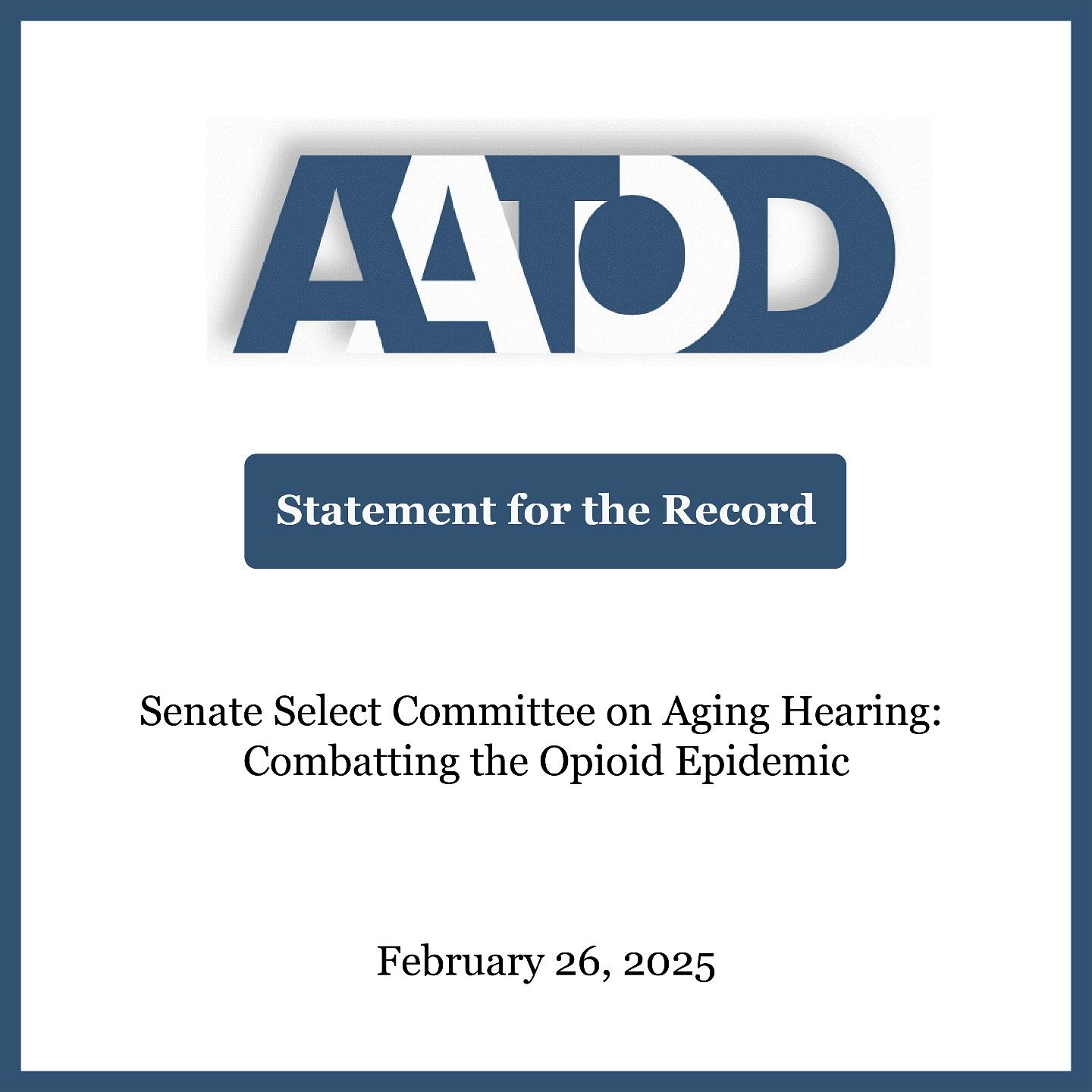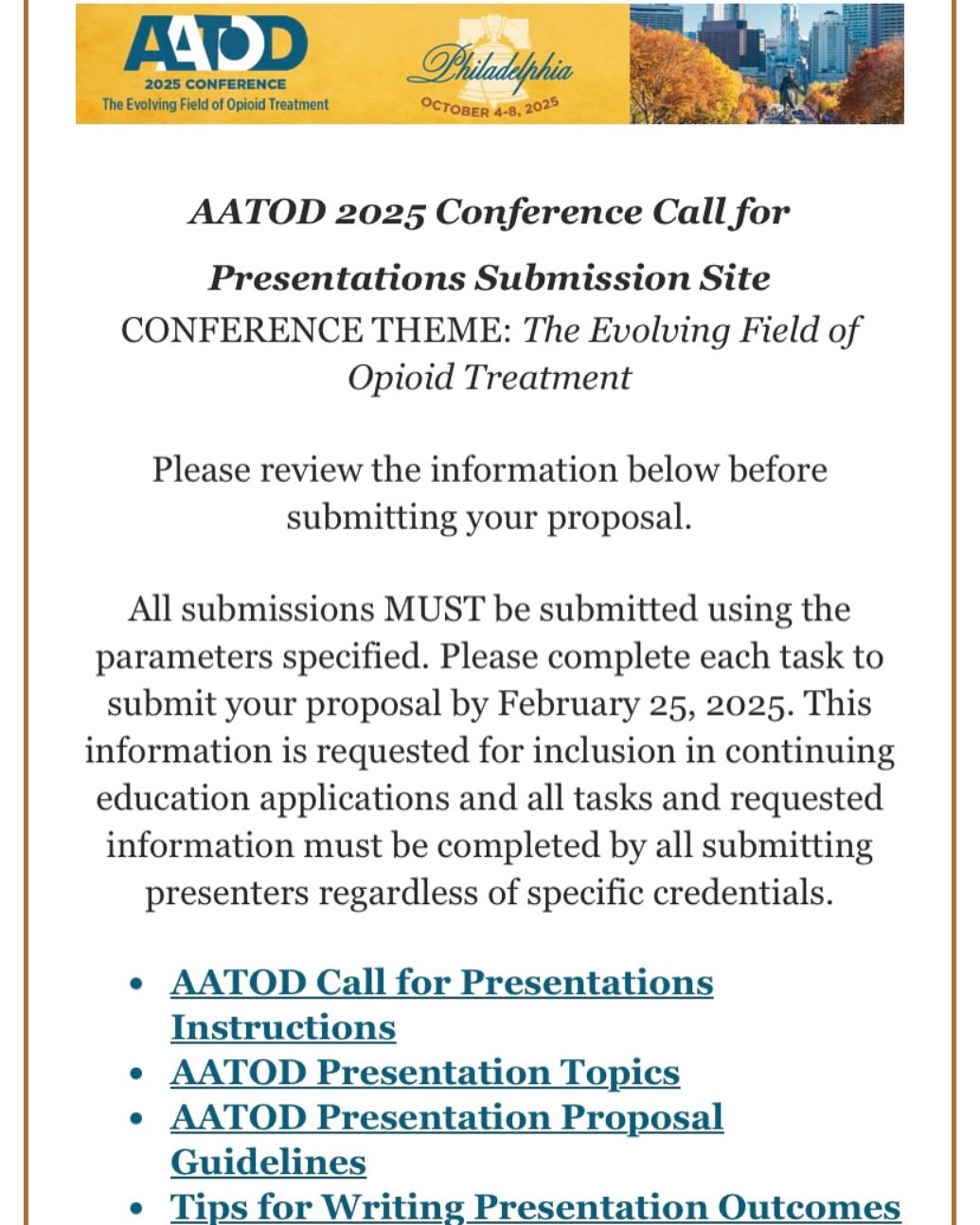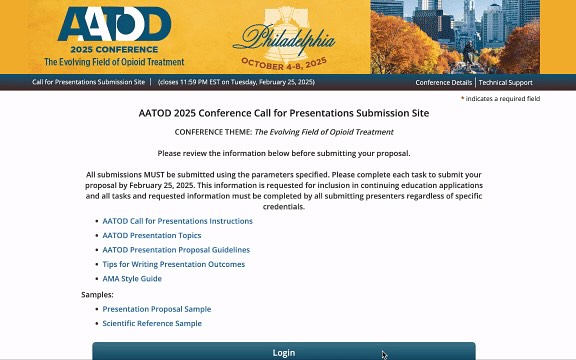According to the Office of National Drug Control Policy (ONDCP), heroin use has been increasing over the past several years and the methadone maintenance treatment system has been criticized for not responding to the needs of opiate dependent individuals seeking treatment.
An independent study conducted by ONDCP “found that there were three times as many hard-core addicts in [one county] than the number estimated by the Household Survey. These results suggest that the actual number of chronic heroin users in the United States may be even larger than ONDCP’s estimate of 810,000”. As for the federal government’s estimate of opiate dependent people enrolled in methadone maintenance treatment, the figure has ranged from 117,000 (1993) to 125,000 (1999), most recently noted in the Notice for Proposed Rule Making [Docket No. 98N-0617].
The American Methadone Treatment Association had been receiving conflicting reports concerning the number of opiate dependent individuals enrolled in methadone maintenance treatment programs. The Association’s member states were reporting growth in new treatment programs and increasing numbers of patients seeking treatment, while the federal government continued to report that the treatment system remained static.
In addition, federal agencies continue to craft policy while using the figure (117,000 patients) published in the Institute of Medicine Report of 1995 as a guide. The Association decided it was time to find out what the treatment system consisted of and, in response to all the varying reports, we conducted a survey.
The survey requested census and related information from the State Methadone Authorities and the designated State Methadone Provider Contact representatives in the forty-two states, (in addition to the District of Columbia) that provide methadone treatment services.
The survey was distributed during the late summer months of 1998 and we received a 100% response rate, which included methadone maintenance treatment programs in the forty-two states and DC, both public and proprietary. The 100% response rate was due to thorough follow up and a cross checking pattern of having State Methadone Authorities review information from Provider Contact representatives, with the process being reversed, until all differences were reconciled. The entire process took six months from the time of the initial request until the final cross-check. The aggregate data were organized by December 1998, reviewed by the Association’s Board of Directors during March of 1999 and the survey was released in April 1999.
FINDINGS . . .
The survey revealed that there were 179,329 patients enrolled in methadone maintenance treatment programs at the end of 1998. This finding illustrates a significant increase from the previously reported finding of 117,000 patients in treatment in the United States. The Association’s survey also revealed that there are a total of 785 methadone maintenance programs throughout the country.
Currently, 947 methadone maintenance treatment programs are registered with the Drug Enforcement Administration. Our survey findings fall short of the DEA’s figure of registered programs and we conclude that this may be due to the fact that a disproportionate number of VA medical centers/methadone maintenance treatment programs were represented (in addition to the opening of new programs during 1999).
Even as the treatment system continues to change, we now have a much greater sense of the growth that occurred during the past several years.
OTHER SIGNIFICANT FINDINGS . . .
Of the 785 methadone maintenance treatment programs in the United States, 401 or 51% are non-profit programs.
The survey also revealed that 279 programs or 35% are licensed to dispense levo-alpha-acctyl- methadol (LAAM).
The survey indicates that eight states (Idaho, Mississippi, Montana, New Hampshire, North Dakota, South Dakota, Vermont and West Virginia) do not offer access to methadone maintenance treatment services. Also, at the time of the survey, Wyoming was operating one methadone maintenance treatment program serving three patients. As of February, 1999 this program closed. Two patients were withdrawn from methadone and one patient was transferred to a neighboring state (all were given one-year notice of the program’s closing).
The American Methadone Treatment Association represents 643 treatment programs or 81% of the nation’s methadone treatment services as well as 151,329 patients or 84% of the methadone maintenance patient population in the United States.
This survey carries clear implications for new direction in national and state policy. Although the treatment system was able to absorb thousands of additional patients at its current capacity, it does not mean that the system should continue to function in this way. There is a great danger in overextending program staff while trying to ensure that patients receive good quality treatment. As the scope of the nation’s heroin addiction continues to change and expand, so too must the treatment system.
The new information provided by the Association’s survey will help guide us in the direction of increasing access to care, expanding medical maintenance programs and starting new programs where none exist.
The American Methadone Treatment Association would like to acknowledge the nation’s State Methadone Authorities and the State Methadone Provider Contact representatives. Their participation in this survey and extraordinary cooperation were greatly appreciated. This survey would not have been possible without their continued support.
Office of Applied Studies/SAMHSA, October 1997, pg 43.
ONDCP – Policy Paper, Opioid Agonist Treatment, March 1999, pg 1-2.
ONDCP – Policy Paper, Opioid Agonist Treatment, March 1999, pg 2.
Institute of Medicine Report, 1995, pg 154






























